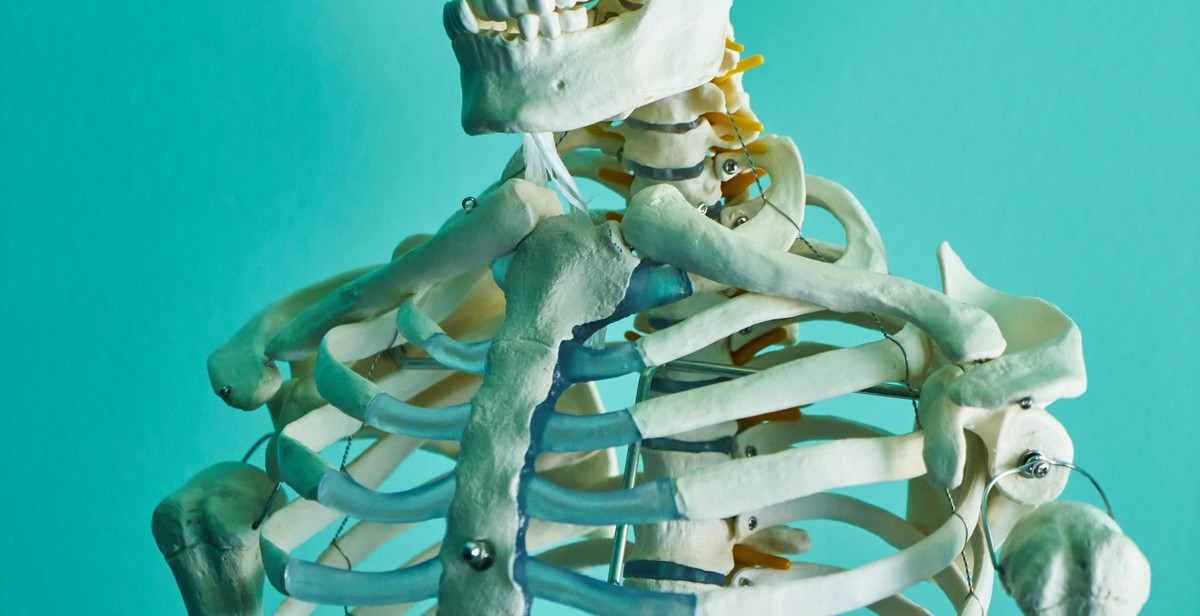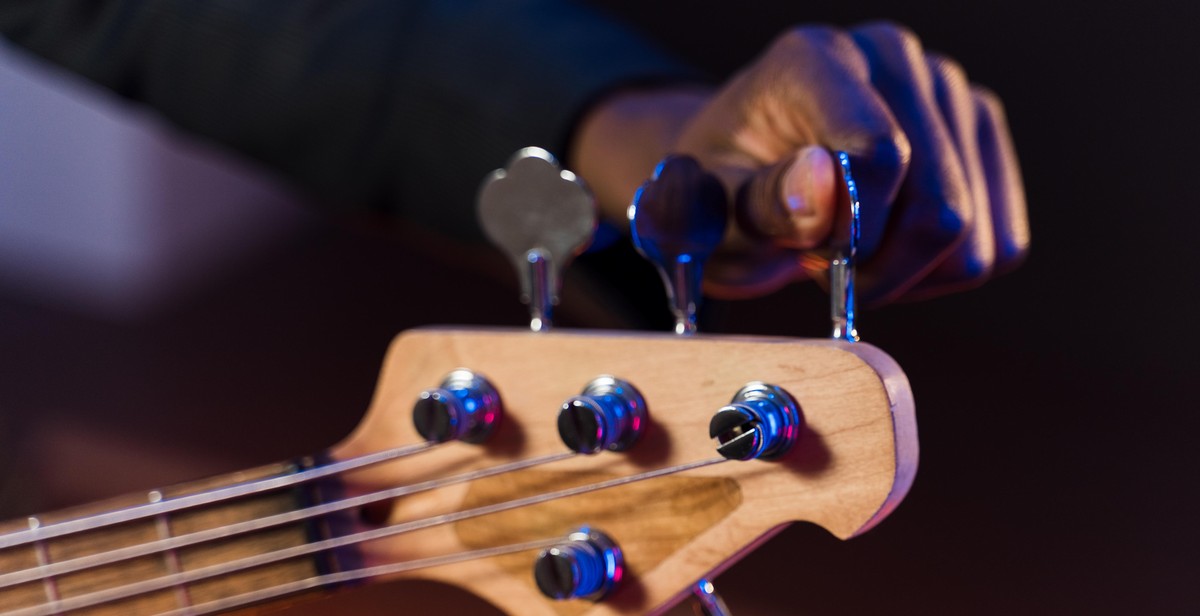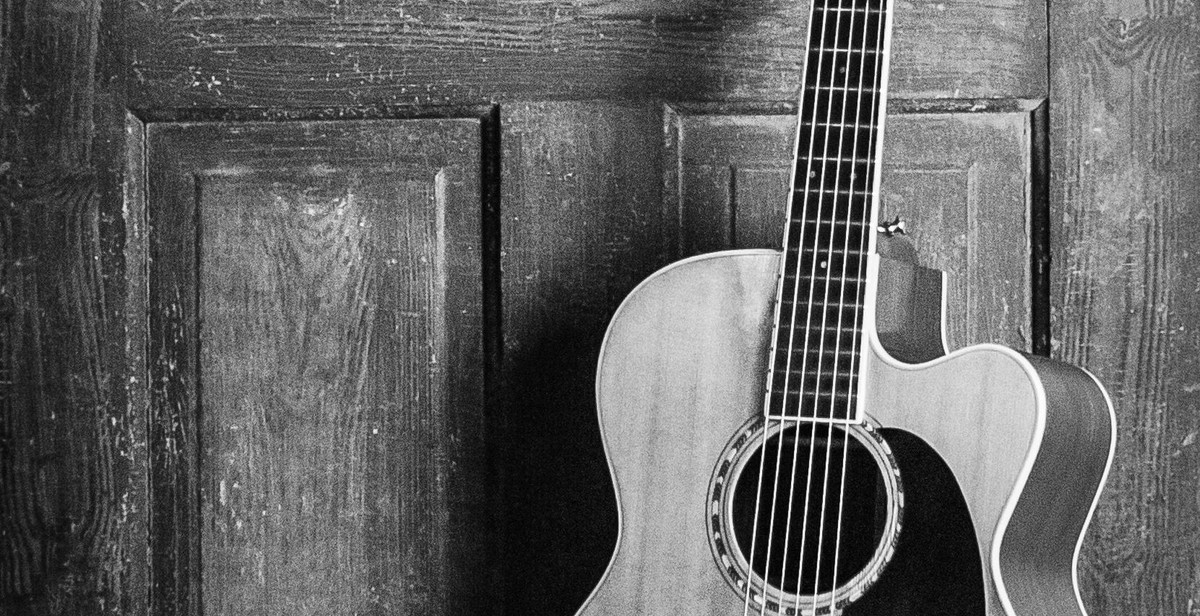How to Play Basic Guitar Chords for Beginners
Learning to play guitar can be a fulfilling and enjoyable experience. However, for beginners, it can be a bit overwhelming and confusing. One of the first things a beginner guitar player should learn is how to play basic guitar chords. Guitar chords are the foundation for playing songs and understanding music theory.
What are Guitar Chords?
Guitar chords are a combination of two or more notes played simultaneously. They are usually composed of a root note, a third, and a fifth. The root note is the starting note of the chord, the third is the note two steps above the root, and the fifth is the note three steps above the root.
How to Play Basic Guitar Chords
There are many basic guitar chords that beginners can learn. Some of the most common chords include A, C, D, E, G, and F. To play these chords, you will need to place your fingers on the appropriate frets and strings on the guitar.
It’s important to remember that playing guitar chords takes practice and patience. Don’t get discouraged if you don’t get it right the first time. Keep practicing and you’ll soon be playing your favorite songs.
Conclusion
Learning how to play basic guitar chords is an essential skill for any beginner guitar player. With practice and patience, you can master these chords and start playing your favorite songs. So pick up your guitar, start practicing, and have fun!

The Anatomy of a Guitar
A guitar is a stringed musical instrument that is played by plucking the strings with the fingers or a plectrum. Before learning how to play basic guitar chords, it is important to understand the different parts of a guitar.
Body
The body of a guitar is the large, curvy part that rests on your lap or against your chest as you play. It is usually made of wood and is responsible for producing the sound of the guitar. The body contains the soundhole, which amplifies the sound produced by the strings.
Neck
The neck of a guitar is the long, thin part that extends from the body and holds the fretboard and strings. It is also made of wood and is usually attached to the body with screws or glue. The neck is responsible for holding the strings in place and determining the length of the strings, which affects the pitch of the notes produced.
Fretboard
The fretboard is the flat, smooth part of the neck that contains the frets. It is usually made of wood and is responsible for producing different notes when the strings are pressed against the frets. The frets are small metal bars that are embedded into the fretboard at specific intervals, which create different pitches when the strings are pressed against them.
| Part | Description |
|---|---|
| Body | Large, curvy part that produces the sound of the guitar |
| Neck | Long, thin part that holds the fretboard and strings |
| Fretboard | Flat, smooth part of the neck that contains the frets |
Understanding the anatomy of a guitar is essential to becoming a proficient player. With this knowledge, you can better navigate the instrument and understand how different parts work together to create music.

Tuning Your Guitar
Before you start playing any chords, it is essential to make sure your guitar is in tune. Standard tuning for a guitar is EADGBE, with the thickest string (the Low E) being the lowest pitch and the thinnest string (the High E) being the highest pitch. Here are some steps to help you tune your guitar:
Step 1: Get a Tuner
The easiest way to tune your guitar is to use an electronic tuner. You can find them at any music store, or you can download a tuner app on your smartphone. Some guitar amps also have built-in tuners.
Step 2: Tune the Low E String
Start by plucking the Low E string. Watch the tuner and adjust the tuning peg until the needle is centered and the tuner says the string is in tune.
Step 3: Tune the A String
Next, pluck the A string and adjust the tuning peg until the tuner says it is in tune.
Step 4: Tune the D String
Pluck the D string and adjust the tuning peg until the tuner says it is in tune.
Step 5: Tune the G String
Pluck the G string and adjust the tuning peg until the tuner says it is in tune.
Step 6: Tune the B String
Pluck the B string and adjust the tuning peg until the tuner says it is in tune.
Step 7: Tune the High E String
Finally, pluck the High E string and adjust the tuning peg until the tuner says it is in tune.
Once all strings are tuned, play some chords and make sure they sound good. If not, recheck the tuning and make any necessary adjustments.

Basic Guitar Chords for Beginners
If you’re just starting out on the guitar, learning basic chords is essential. There are three main types of basic chords: open chords, power chords, and barre chords. Each type has its own unique sound and can be used in a variety of ways.
Open Chords
Open chords are the most common type of chord and are played using open strings. They are typically the first chords beginners learn and are used in many popular songs. Some common open chords include:
- C major
- G major
- D major
- A major
- E major
- A minor
- E minor
Open chords are great for strumming and playing rhythm guitar. They are also easy to transition between, making them a good starting point for beginners.
Power Chords
Power chords are a type of chord that only uses the root note and the fifth. They are commonly used in rock and metal music and provide a powerful, distorted sound. Some common power chords include:
- E5
- A5
- D5
- G5
Power chords are played using only two or three fingers and are great for playing with distortion and overdrive effects.
Barre Chords
Barre chords are a bit more challenging than open chords and power chords, but they are essential for playing more complex music. Barre chords are played by using one finger to press down multiple strings across the fretboard. Some common barre chords include:
- F major
- B major
- C minor
- G# major
Barre chords allow you to play the same chord in different positions on the fretboard, giving you more options for playing lead guitar and creating interesting chord progressions.

Playing Basic Chords
Playing basic guitar chords is the foundation for any beginner guitarist. It is important to start with the basics and master them before moving on to more complex chords. Here are some tips on how to play basic guitar chords:
Proper Finger Placement
The proper finger placement is essential for playing guitar chords correctly. Each finger should be placed on the correct string and fret to produce the desired sound. Here is a breakdown of how to properly place your fingers on the guitar:
| String | Finger |
|---|---|
| 1st | Index |
| 2nd | Middle |
| 3rd | Ring |
| 4th | Pinky |
It is important to keep your fingers arched and close to the fretboard for optimal sound. Practice placing your fingers on the strings and frets until it becomes second nature.
Strumming Techniques
Strumming techniques are also important when playing basic guitar chords. Here are some tips for strumming:
- Hold the pick firmly between your thumb and index finger
- Start with a slow, steady rhythm
- Strum all the strings evenly
- Keep your wrist loose and relaxed
Practice strumming each chord until you can play it smoothly and evenly.
By mastering proper finger placement and strumming techniques, you will be on your way to playing basic guitar chords with ease.

Practice Tips
Learning basic guitar chords can be a challenging task, but with consistent practice, you can master them in no time. Here are some practice tips to help you improve your skills:
Start Slowly
When practicing basic guitar chords, it’s essential to start slowly and gradually increase your speed. Begin by playing each chord slowly and focusing on getting the right finger placement and strumming technique. Once you feel comfortable, gradually increase the tempo until you can play the chord smoothly and without mistakes.
Use a Metronome
A metronome is a useful tool for practicing guitar chords. It helps you develop a sense of timing and rhythm, which is crucial when playing with other musicians. Set the metronome to a slow tempo and practice playing each chord in time with the beat. Once you feel comfortable, increase the tempo gradually.
Take Breaks
It’s important to take breaks during your practice sessions to avoid fatigue and prevent injury. Practice for 20-30 minutes at a time, and then take a short break to rest your fingers and wrists. Stretching exercises can also help relieve tension and prevent injury.
- Start slowly and gradually increase your speed
- Use a metronome to develop timing and rhythm
- Take breaks to prevent fatigue and injury
By following these practice tips, you can improve your basic guitar chord skills and become a better musician.

Conclusion
Learning guitar chords can be challenging, but with dedication and practice, you can master the basics and start playing your favorite songs. Remember to start slow and gradually increase your speed as you become more comfortable with each chord.
It’s important to practice regularly, even if it’s just for a few minutes a day. Consistency is key when it comes to learning any new skill, and playing guitar is no exception.
Don’t be afraid to experiment with different chord progressions and strumming patterns to find your own unique sound. And don’t forget to have fun!
Tips for Success:
- Use a metronome to help keep time
- Practice each chord until you can play it without looking
- Try playing along with songs you enjoy
- Don’t get discouraged if you make mistakes – it’s all part of the learning process
Final Thoughts
Learning how to play basic guitar chords is an exciting journey that can lead to a lifetime of enjoyment. With patience, practice, and perseverance, anyone can become a skilled guitar player. So grab your guitar, start practicing, and let the music begin!
